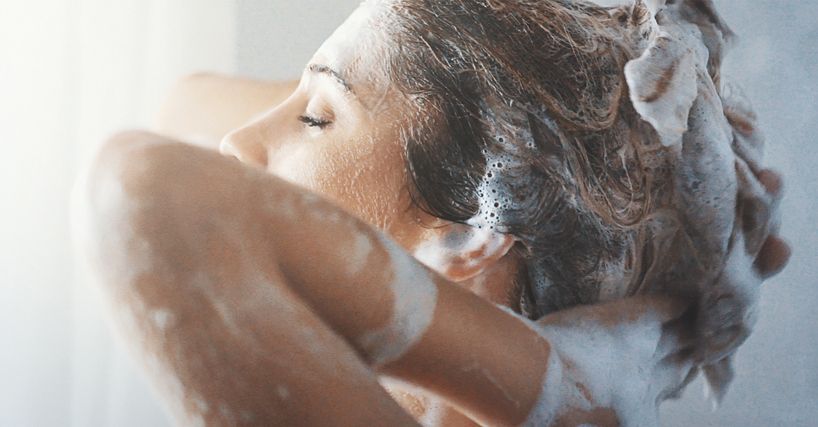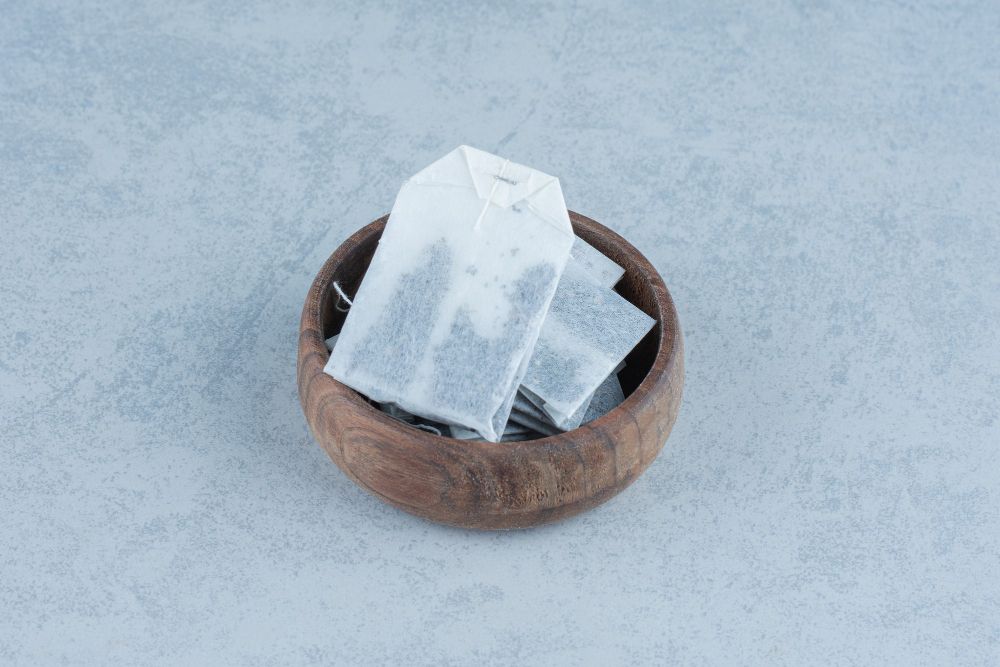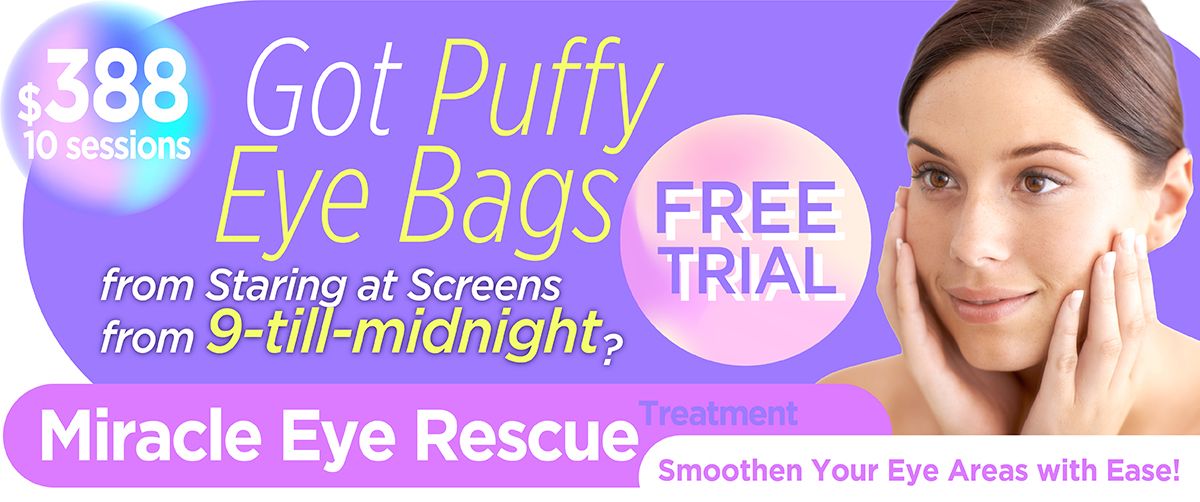

Book Now to Experience
Miracle Eye Rescue Treatment
1 Minute Self-Registration
Date should not be before minimal date
Author: Leila Tan|Updated: 23 July 2024
Allergic shiners, often known as dark eyes, are puffy, dark circles beneath the eyes caused by allergies. They manifest as unsightly shadows or dark circles around the eyes and are notoriously difficult to conceal. Shiners are a typical symptom of allergies such as hay fever, asthma, and those to certain foods or environmental triggers. Lack of sleep and dehydration can contribute to some of these problems. In most cases, the only risk associated with allergic shiners is an aesthetic one. Thankfully, there are a variety of techniques to cure allergy-related dark circles beneath the eyes.

1
What Are Allergic Shiners?
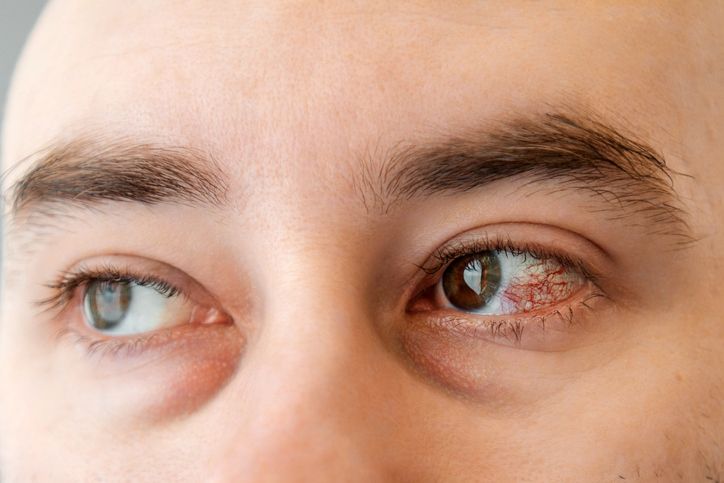
Allergic shiners, also called allergic facies or periorbital vein congestion, are yellow-white or black blotchy discoloration beneath the eyelid. People that have allergic shiners usually have nasal congestion. When an external element irritates the tissues that line the inside of your nasal passages, you get a stuffy nose. The irritation starts a chain reaction of swelling, mucus production, and inflammation, which makes it hard to breathe through your nose. If you don't treat nasal congestion, it could lead to sinusitis, nasal polyps, or an infection in the middle ear.
In infants with allergy rhinitis, it is visible as the purple and black discoloration that resemble bruises will appear under the under-eyelids. Even though these shiners are a common sign of allergic rhinitis in children, they will stay with them into adulthood if their allergies are not treated. Rest assured, you or your child may eventually be able to outgrow your allergies. It is possible to outgrow allergies by increasing your body's tolerance to the exposed substance, but if you don't then you could have allergic shiners as your constant companion.


2
How Do Allergic Shiners Look? The Differences From Usual Dark Circles
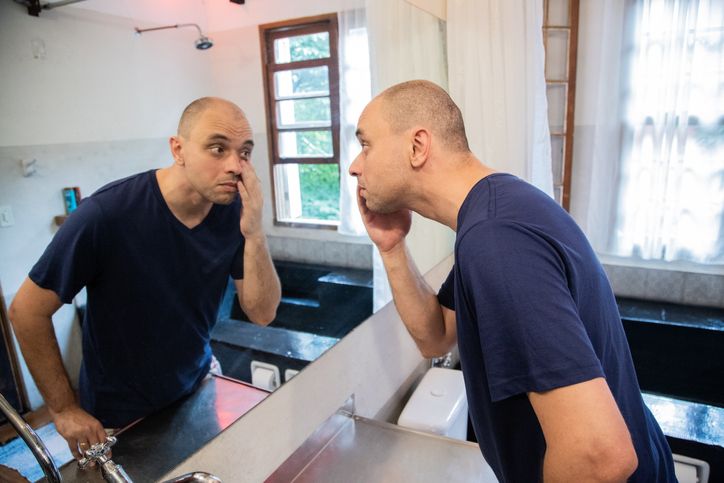
The main difference between black circles and allergic shiners is that black circles are usually caused by genes, stress, or not getting enough sleep, while allergic shiners are usually caused by an allergic reaction.
Under the eyes, allergic shiners can look blue or purple. This is because blood vessels around and under the eyes are having trouble draining blood from facial veins. So, the blood vessels get bigger, which makes the under-eye area look different.
On the other hand, black eyes are caused by an impact or trauma, and there is actually bleeding under the skin from broken capillaries or veins. Because the skin under the eyes is so thin, both types are easy to see.
Read More

3
How Can I Tell If I Have Dark Circles or Allergy Shiners?
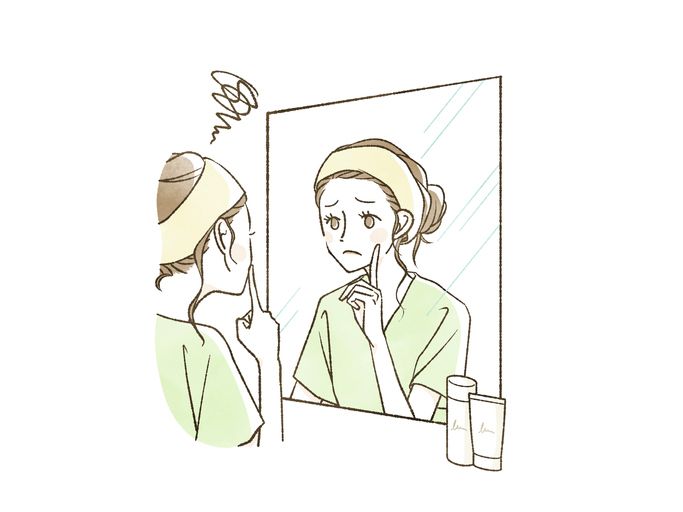
Most people with allergic shiners will also have other allergy symptoms. General symptoms of allergic conjunctivitis include red eyes (conjunctival injection), swollen and itchy eyelids, watery or stringy discharge from one or both eyes, excessive tearing, and sensitivity to light (photophobia). Even though these allergic reactions don't usually cause serious health problems, they can be very uncomfortable and hard to deal with.
People often think they have a cold, the flu, or a sinus infection when they have allergy symptoms. But allergy symptoms tend to last longer than the one or two weeks that these other conditions might last. Body aches and fever are also common with colds and infections, but not with allergy symptoms.
Symptoms of an allergy can come and go or get worse depending on the time of year and how much the allergen is around. When allergic conjunctivitis strikes, the skin around the eyes is often thin and easy to irritate. When the eye is inflamed, it can cause too much fluid to build up in the area, which makes it darker.
Aside from that, allergies like hay fever (allergic rhinitis) or asthma can cause sneezing, itchy throat, nose, and ears, and a general feeling of being sick. Allergies can also cause allergic conjunctivitis.
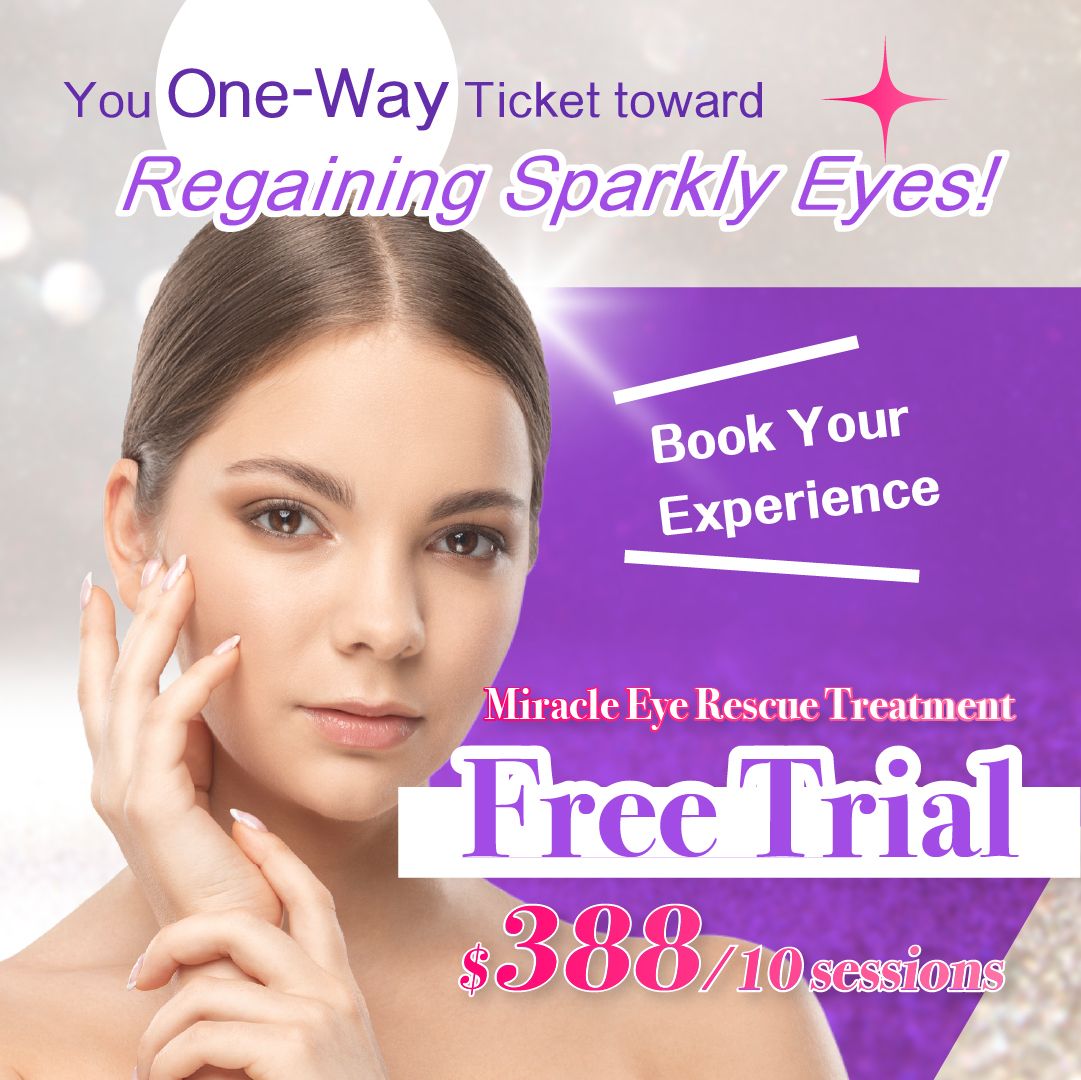

4
How Are Allergic Shiners Diagnosed?

An ophthalmologist or allergist can usually tell if someone has allergic shiners based on their medical history and symptoms. During the physical exam, the doctor may be able to see swollen veins in the eye and bigger pupils. To confirm the diagnosis, tests may be done, such as a skin prick test or a blood test to measure the number of antibodies in the body. If these tests find any possible allergens, a trial-and-error method can help figure out which irritants cause the allergic reaction. Once an allergen is found and treated, swollen veins should start to go back to normal size and swollen eyes should go down soon after.
Try home or outdoor allergy tests to check if you have allergic shiners
Home allergy tests can be useful for detecting allergy triggers. The allergen that is causing the allergic shiners can be found with the help of allergy tests. At home, you can test for allergies by pricking your skin with a device that contains small amounts of allergens and then watching to see if any reactions happen. If there is an allergy, the place where the prick was made may get red, swollen, and itchy. If you wish to do allergy tests, blood samples may also be taken to measure IgE (Immunoglobulin E) antibody levels, which show if someone has an allergy. By finding the allergen through allergy testing, people can avoid things that might set off their allergies, which could make their symptoms go away.

Book Now to Experience
Miracle Eye Rescue Treatment
1 Minute Self-Registration
Date should not be before minimal date

5
Treatment for Allergic Shiners
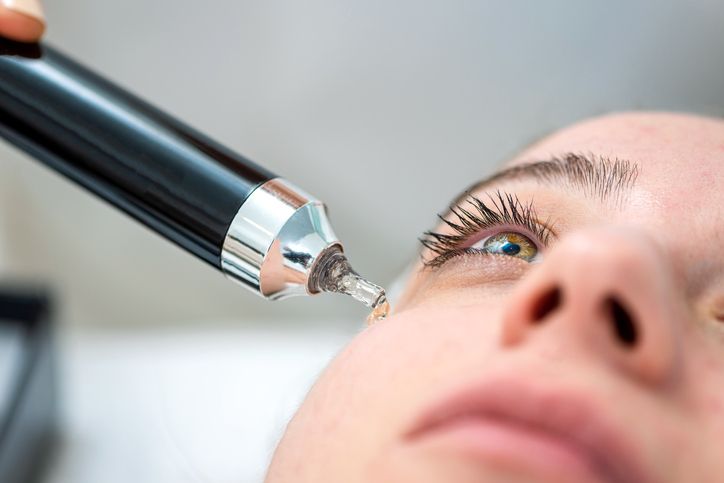
Most of the time, treating allergic shiners means treating the allergy or infection that caused them. There are many ways to treat allergic shiners, both in the short and long term. On the other hand, allergic shiners can only be treated by treating the allergy that is causing them. Antihistamines taken by mouth and eye drops can be used to treat allergic conjunctivitis. Steroid injections can help control more severe cases of indoor allergies. Also, avoiding allergens (things that make your immune system react) should be part of any treatment plan for people with these symptoms.
Applying topical medicines directly to the skin around the eyes is the most effective short-term way to treat dark circles caused by allergies. Corticosteroid creams, mild antihistamines, and soothing eye drops (artificial tears) may be prescribed to reduce inflammation and relieve symptoms like itching, swelling, and redness around the eyes. It's important to know that these treatments may help temporarily, but they won't get rid of dark circles for good.
If your allergic shiners are caused by an infection, you might need antibiotics to treat it well. Also, oral steroids can be taken if an allergy attack causes severe swelling or a lot of discoloration under the eyes. However, this should always be discussed with your doctor first, since taking steroids without proper medical advice could have serious long-term effects on your health and well-being.


6
Can I Actually Prevent Allergic Shiners?

The best way to stop allergic shiners is to avoid allergens that can cause an allergic reaction. Here are a few ways on how you can shoo the dark spots below your eyes away by practising them regularly:
Avoid exposure to allergens.
Common allergies include pollen, dust mites, dander, and mould. Limiting exposure to these allergens can help relieve some of the symptoms of allergic conjunctivitis, such as allergic shiners. During allergy season, it is essential to keep windows closed, take allergy medicine, and wear protective equipment such as a mask when outdoors. In addition, If you know what causes your allergic reaction, limiting exposure to these triggers can help lessen the likelihood of developing allergy shiners or other allergic reactions like nasal congestion.
Keep your house free of allergens too!
For those who suffer from indoor allergies, to keep your home free of allergens, you should clean it regularly with a hoover cleaner that has a high-efficiency particulate air filter and throw away allergens like pet hair and dust mites droppings in sealed bags. Also, use air conditioners and dehumidifiers to control the humidity level inside and make it less likely that allergens will grow.
Manage your stress.
According to research on Stress and Allergic Diseases, the study shows that excessive mental stress and allergy illness have been linked in clinical practice for centuries. For a long time, people thought that some allergy illnesses were caused by the mind, and patients with high levels of psychosocial stress have been shown to have worse outcomes. Stress can make allergy symptoms worse, so it's also important to control it. Relaxation techniques like yoga or mindfulness meditation can help lower stress and inflammation, which can help allergy symptoms like shiners get better.
Find out what kinds of medicines you can take.
Your doctor may give you antihistamine eye drops or tablets to help relieve the symptoms of seasonal allergies, such as allergic shiners. Seasonal allergies can be easier to deal with if you know what allergy medications are available and how to use them properly. Regular use of antihistamines can help reduce other allergy symptoms, like red eyes and itching, which can be caused by shiners. However, it's important to talk to your doctor before taking any allergy medication.
It's important to keep in mind that allergic reactions are very common and can range from mild to severe. If your symptoms don't go away or get worse, you should see your doctor right away. They will help you figure out what could be causing the other symptoms and give you advice on how to deal with it.
Read More

7
How Can I Get Rid Of Dark Circles Under The Eyes Caused By Allergic Shiners?
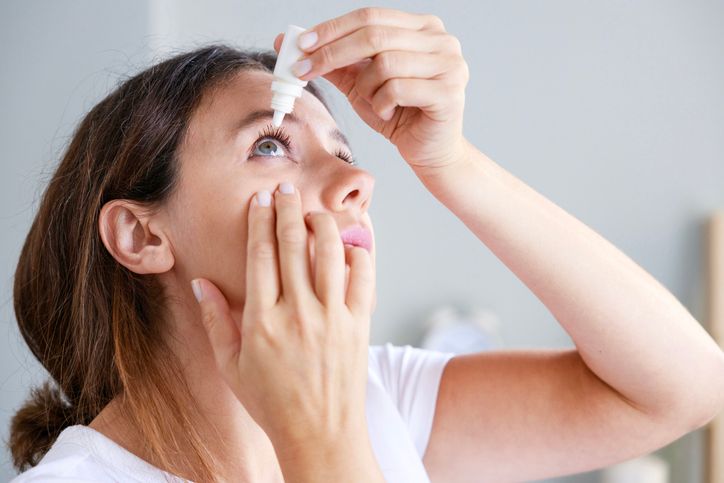
Tired of having ugly and itchy eyes when you are in the mood for a nice make up? Here are a few of the best ways to get rid of dark circles under your eyes caused by shiners:
Try using eye drops
Eye drops that narrow blood vessels can help reduce the number of blood vessels in the area, which can help lessen the look of dark circles. It's important to remember that these treatments might make allergic shiners less noticeable, but they won't get rid of them completely.
Laser treatment
In cases where allergic shiners creating dark circles are more severe, laser treatments may be needed to treat and get rid of them. This type of treatment uses a targeted laser beam to destroy specific blood vessels under the skin and reduce allergy-related discoloration of the face. Most of the time, the results are seen right away, and after a few weeks, the dark circles are much less noticeable.
Radiofrequency treatment
Radiofrequency treatment is a non-surgical procedure that is done in an office. It is often used to tighten the skin around the eyes to get rid of fine lines, wrinkles, or a sagging or baggy look. Now, this method is also being used to treat dry eyes. And today, there is a treatment that utilises this technology that can help you to get rid of the dark circles under the eyes.


8
Allergy Shiners No More: With The Help Of Miracle Eye Rescue Treatment

New Beauty introduces the Miracle Eye Rescue Treatment. Tri-wavelength radiofrequency (RF) energy penetrates deeply into the skin around the eyes, where it stimulates collagen production and breaks down fat in the under-eye bags. This lessens the appearance of sagging skin around the eyes, fine lines, dark circles, tear troughs and even allergic shiners, and restores your youthful, expressive eyes. Eye bags, swollen eyes, and dark circles can all be reduced with radiofrequency (RF) because of the heat it generates.
In addition, collagen formation is stimulated by thermal energy even after the treatment has ended. Radiofrequency (RF) can cause collagen to keep growing around the eye muscles. The skin's elastic fibre networks are strengthened by new collagen. This makes the skin more flexible and lessens the look of dark circles. Given that people that have allergic shiners often had their eye's blood flow reduced due to nasal congestion, this Radiofrequency technology helps get more blood to the orbicularis muscle. The heat can break down fat under the eyes so that the body can naturally get rid of it, which can help get rid of dark circles at the same time.
If you're worried that the Miracle Eye Rescue Treatment will make your nasal allergy worse, you can rest easy knowing that it doesn't hurt or require surgery. Bags under the eyes, dark circles, and tear troughs can all be fixed without surgery, needles, drugs, or sedation. Because the treatment is low-risk, it doesn't hurt the sensitive skin under your eyes or the blood vessels that are already wide open. This non-invasive and minimally invasive treatment doesn't involve surgery, injections, or pills. It can be used by people with both light and dark skin, so it's a great choice when you are looking for an eye treatment while treating allergic rhinitis, Miracle Eye Rescue Treatment can be at your service.

Book Now to Experience
Miracle Eye Rescue Treatment
1 Minute Self-Registration
Date should not be before minimal date

9
Conclusion
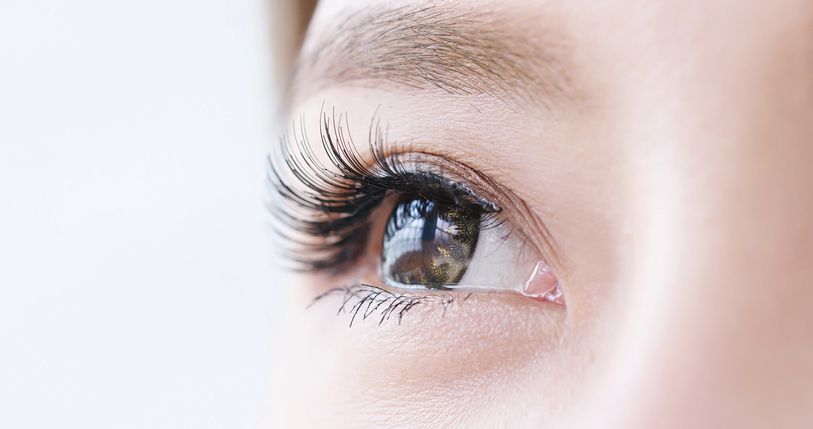
Those who suffer from allergic rhinitis or other allergies may find that allergic shiners make their condition much worse. Yet by investigating the cause and taking corrective action, you can restore the health and beauty of your eyes!
FAQ
Is allergic rhinitis the same as a runny nose?
Runny nose can be a symptom of allergic rhinitis, but people that have allergic rhinitis do not necessarily have runny nose. Allergic rhinitis means that the inside of the nose is inflamed. This inflammation can cause a number of annoying symptoms, such as sneezing, itching, stuffy nose, runny nose, and postnasal drip, which is the feeling that mucus is draining from the sinuses down the back of the throat. With the use of nasal sprays and antihistamine drugs, you can reduce the effects of allergic rhinitis.
Can allergic medications cure allergic rhinitis for good?
Allergic rhinitis can't be cured, but nasal sprays and antihistamines can help ease its symptoms. Immunotherapy is a type of treatment that can provide long-term relief and that a doctor may suggest. You can also avoid common allergens by getting rid of dust mites, mould spores, and using allergy proof covers at home.
What are the reasons for under-eye circles aside from stuffy noses?
Nasal congestion from a sinus infection, cold, or flu can sometimes cause allergic shiner, but this is less common than allergy causes. When your sinuses are clogged, the small veins under your eyes can swell up. Blood pools under your eyes, and the swollen veins get bigger and darker, making your eyes look puffy and dark.
Will allergy medicine make my allergic shiners go away?
Antihistamines will help stop the allergic response that causes swelling and dark spots, and clearing drainage will reduce puffiness, which can make shadows under the eyes, but it won't be a permanent solution. In fact,
What should I be careful about after treatment?
After treatment, don't let the treated area get too much sun for a week. Don't drink alcohol or work out hard for one week after treatment. Remember that you also should not use harsh skin care products like AHA/BHA, retinol, or go through optical, photothermal, or chemical peels for two weeks after treatment.

Book Now to Experience
Miracle Eye Rescue Treatment
1 Minute Self-Registration
Date should not be before minimal date
Recommended Articles
COPYRIGHT© NEW BEAUTY MANAGEMENT LIMITED 2025. ALL RIGHT RESERVED.

